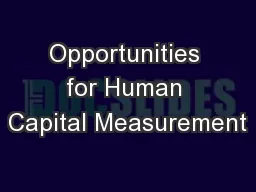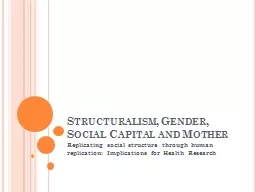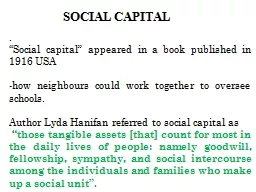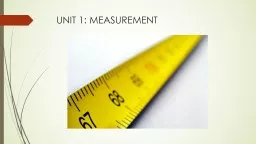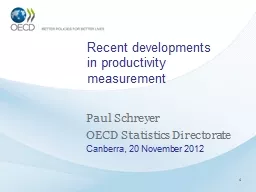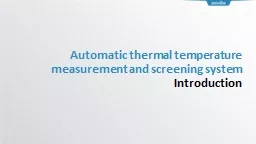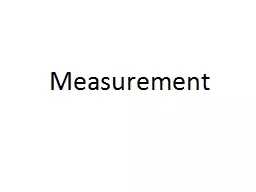PPT-Opportunities for Human Capital Measurement
Author : lois-ondreau | Published Date : 2017-05-18
IARIW Dresden Germany August 26 2016 Barbara M Fraumeni China Center for Human Capital and Labor Market Research Central University of Finance and Economics Beijing
Presentation Embed Code
Download Presentation
Download Presentation The PPT/PDF document "Opportunities for Human Capital Measurem..." is the property of its rightful owner. Permission is granted to download and print the materials on this website for personal, non-commercial use only, and to display it on your personal computer provided you do not modify the materials and that you retain all copyright notices contained in the materials. By downloading content from our website, you accept the terms of this agreement.
Opportunities for Human Capital Measurement: Transcript
Download Rules Of Document
"Opportunities for Human Capital Measurement"The content belongs to its owner. You may download and print it for personal use, without modification, and keep all copyright notices. By downloading, you agree to these terms.
Related Documents

